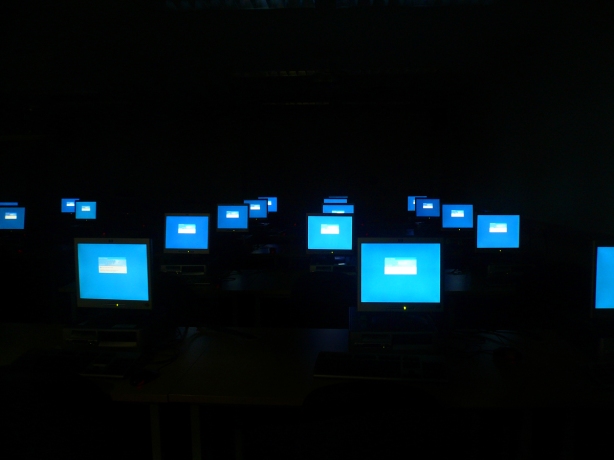The question that has been posed as we conclude COMM2F00 is: Do I feel more inclined to become a “produser?”
Let’s do an inventory of the new skills and applications with which I have gained some facility over the duration of two semesters, two digitally based courses and many experiential activities.
I can:
- Tweet– and I do a little – but I follow more
- Blog – enjoy this and do it more often with greater commitment to the connectivity. Found some great blogs to follow
- Podcast – or voice blogging – great tool
- Make and edit a video – in a rudimentary way – also engaging but I need much more skill development
- Edit a wiki – would not do this for fun or entertainment until I can become more proficient
- Work in Google Drive, use tools such as Diigo, Evernote, VoiceThread, use an RSS reader and curate work.
- Create a story in Storify – fantastic way to weave threads of information into a recognizable pattern
To be able to catalogue these is quite remarkable and I am most appreciative of the learning opportunities that were built into the curriculum.
Will I produse once the pressure of academic requirements is removed? According to Lunenfeld, (2007) I am depriving myself of an element of my humanity if I download only. He states that failing to use my newfound social media literacy skills is tantamount to living in a cultural vacuum. He makes a compelling argument in his assertion that we must balance our engagement in the Web 2.0 world to avoid metaphorical diabetes – or an overconsumption of downloaded media to the exclusion of self-created material that one chooses to upload and share into the ‘aether’ (p. 2/12). He frames this as Mindlessness vs. Mindfulness.
Here is my fear. Rheingold (2010) proffers the idea that participation in the act of produsing connects us, reduces passive consumption – creates agency. But he also cautions us regarding the amount of content produced that is “no good and [in which] nobody cares” (p. 18). I want my contributions to have some meaning, beyond me and if it doesn’t, do I want to engage while further extending my digital footprint? “What could be more melioristic than mindful reception and meaningful production…” (Lunenfeld, 2007, p, 9/12). Great quote, but, meaningful to whom? For me, that is a barrier that I need to consider. As an adjunct to this, Lievrouw (2012) reminds us of the mean world aspect of the internet, which in part, is the phenomenon where data gathering and personal monitoring in the name of security and/or commerce means that my information may be used in ways unintended by me.
Well, then, a tentative yes – I will continue to produse. But first I will commit to improving my skills – to continue to learn – to experiment. I want to be the 1 in 100 who actively engage and not part of the 99 who just comment or opt out completely (Bird, 2011). So, at first, I will just test the water, a bit, before plunging into the deep end.
We have also been asked to consider what intimations of deprival do I have regarding the “produsage” that potentially looms before us? I have three areas that give me pause.
One, I alluded to briefly above. The private becomes very much public and every piece of culture that we produce and disseminate discloses ourselves to those who consume it. Our public sphere becomes ever-wider and I fear the loss of personal control and a too-conspicuous merger of the public and the private. Even using privacy settings or protecting oneself by using avatars in an online setting may not be enough to safeguard our personas. Further, as noted by Rheingold (2010), in order to fully employ our “crap detection” abilities, we need to be critical about the produsers whose content we consume. Can this critical reflection take place if the identity of the product’s creator is excessively protected? The onus for fact-checking is now on the consumer; it is no longer a given that published works have been vetted for accuracy.
Additionally, I have concerns for the increase in “continuous partial attention – attention splitting – multi-tasking” (Rheingold, 2010); call it what you will. Is our ability to give sufficiently focused attention to the world around being compromised to the degree that we will lose the skill of critical reflection? (see my last post) Bird (2011) frames it by noting that our engagement with technology might be a factor in narrowing our perspectives as it has the potential to invite repetition. This could ultimately discourage truly innovative or creative production of cultural content.
Lastly, let’s take a contrarian look at the idea of consumption. Sterne (2012) states that “active participation is now a privileged mode of consumerism” (p. 2). Does this exclude those whose socio-economic status does not afford them inclusion as part of a participatory culture? While we celebrate the democratic nature of the internet, we always need to consider those whose voices might not be heard.
For me the best take-away from all of this is knowledge. I no longer feel on the periphery of social media participation. Despite my Boomer status, I can say with conviction that I am far more digitally literate; a produsing and consuming member of the Web 2.0 world.



